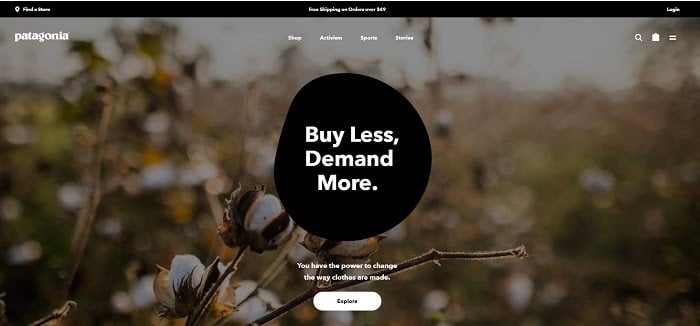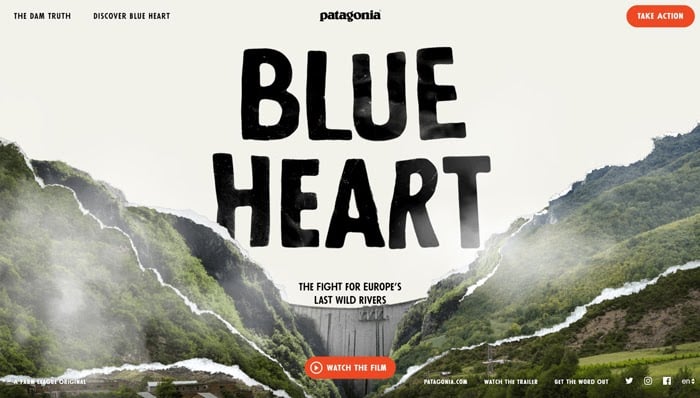When Should You Use Microsites

By Neil Patel
Your website may be filled with hundreds of landing pages jam-packed with products, ebooks, blog posts, and videos. While an organized site architecture should enable visitors to navigate through your website easily, sometimes it’s better to keep things even simpler.
This is where “microsites” can help.
True to their name, a microsite is like a mini-website for your brand’s content. Brands often create these sites for a specific event or campaign.
Having a microsite may be convenient because it allows visitors to view information about an event or campaign in one place with no clicking through a whole site necessary.
This article explains how to come up with microsite ideas and how to create one.
What is a Microsite?
A microsite is a branded content site or a small group of web pages. It’s typically located outside the businesses’ main website or brand URL. The microsite can have its own domain, but it could also exist as a subdomain of your company’s website.
Brands have used microsites for marketing campaigns or brand awareness.
Many brands create microsites so their target audiences can focus on one particular event, campaign, or content. If these promotional materials were placed on the main website, it could get lost in the crowd.
However, some brands use microsites to regularly publish specific content types, such as niche online magazines.
Microsites vs. Websites: What’s the Difference?
In simplest terms, a website is a large hub leading viewers to all sorts of information about your brand—your brand story, your products, etc.—while microsites are smaller and have more targeted content. The primary site is likely what people come across when searching your brand, while the microsite is what they find when they’re searching for information about a specific aspect of your brand for which you’ve created this individual site.
For example, Patagonia’s main website allows viewers to shop, learn about their activism, and more.

In contrast, their Blue Heart microsite aims to raise awareness about the dams in the Balkan region—which Patagonia strives to show are harming their surrounding ecosystem and residents.

Pros and Cons of Microsites
Like nearly anything else in the marketing world, microsites have pros and cons.
Pro: Microsites May Help Visitors Focus On Your Marketing Campaigns
Sure, you could create a specific banner on your homepage to launch your new campaign. Unfortunately, many users may be distracted by the surrounding tabs, links, and product pages.
The average human attention span lasts for only eight seconds.
Even if you have a sizeable campaign-related banner on your homepage, surrounding site elements may distract visitors from that. Hence, less awareness and less participation.
By redirecting visitors to a specific microsite, you can wholly capture their attention.
It also forces people to focus on your campaign, cause, or event.
The main homepage is designed based on the campaign’s aesthetic, and the surrounding tabs and links contain specific information to bring …read more
Source:: Kiss Metrics Blog









